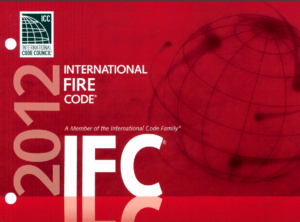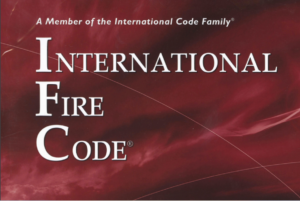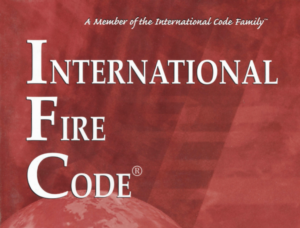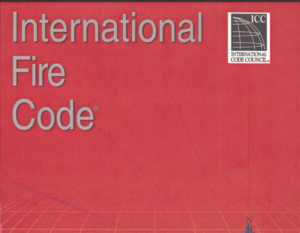The 2007 edition of NFPA 1971 establishes comprehensive standards for protective ensembles used in structural and proximity fire fighting. This edition integrates previous standards related to individual protective components—such as helmets, gloves, and footwear—into a singular document, enhancing the clarity and application of the guidelines. This standard sets forth criteria for the design, performance, testing, and certification of fire fighting gear, ensuring that firefighters are adequately protected against the thermal, physical, and environmental hazards encountered during fire fighting operations.
A significant feature of the 2007 edition is the inclusion of optional requirements for protection against Chemical, Biological, Radiological, and Nuclear (CBRN) threats, which cater to departments anticipating responses to terrorism-related incidents. These provisions aim to provide firefighters with equipment that meets the dual demands of fire fighting and hazardous material exposure, without compromising the primary function of the gear.
The development of this standard reflects a progressive evolution from its initial release, with continual enhancements to address emerging risks and technology advancements in materials and safety equipment. By consolidating various standards into a unified document, NFPA 1971 simplifies compliance processes for fire departments and manufacturers, ensuring that all protective gear meets rigorous safety criteria.
This edition not only emphasizes the technical specifications and testing protocols to validate the effectiveness of protective ensembles but also ensures that the gear is functional and practical for the high-risk activities firefighters undertake. The standard underscores an ongoing commitment to safeguarding firefighters by equipping them with the most advanced protection available against both conventional fire hazards and the potential threats posed by CBRN agents.






